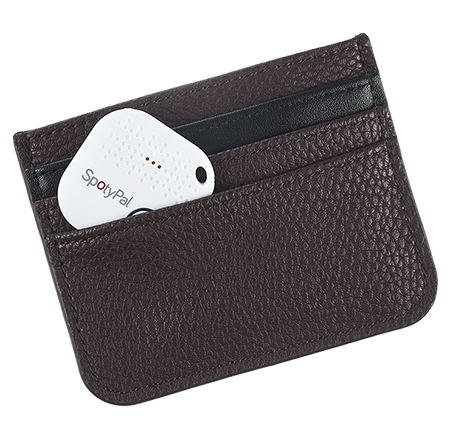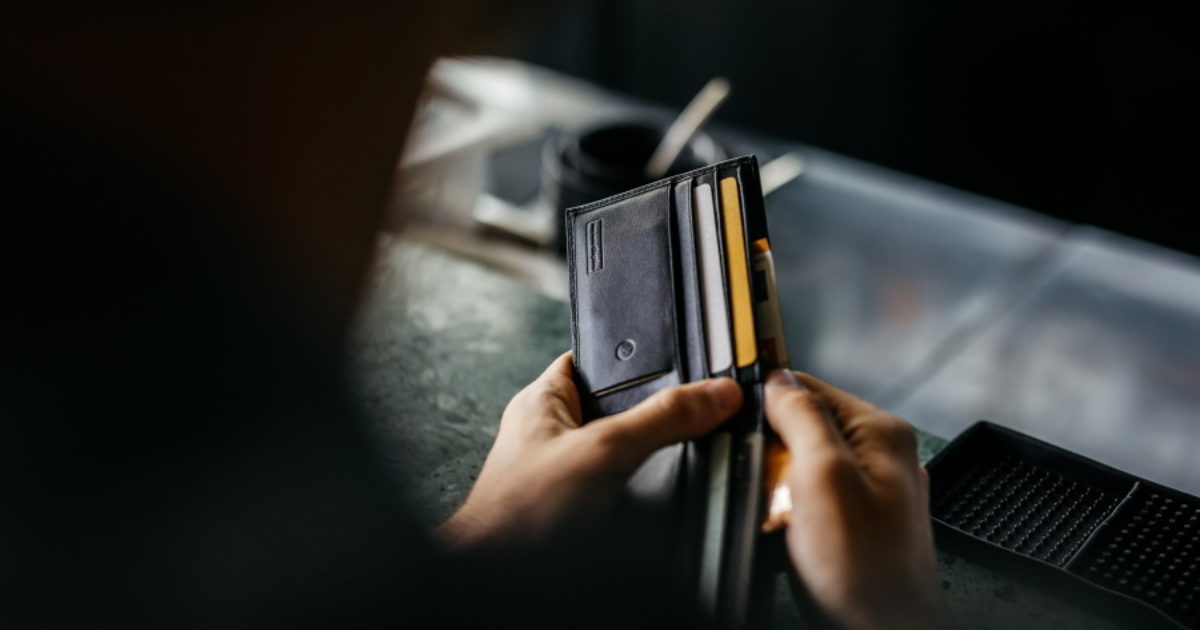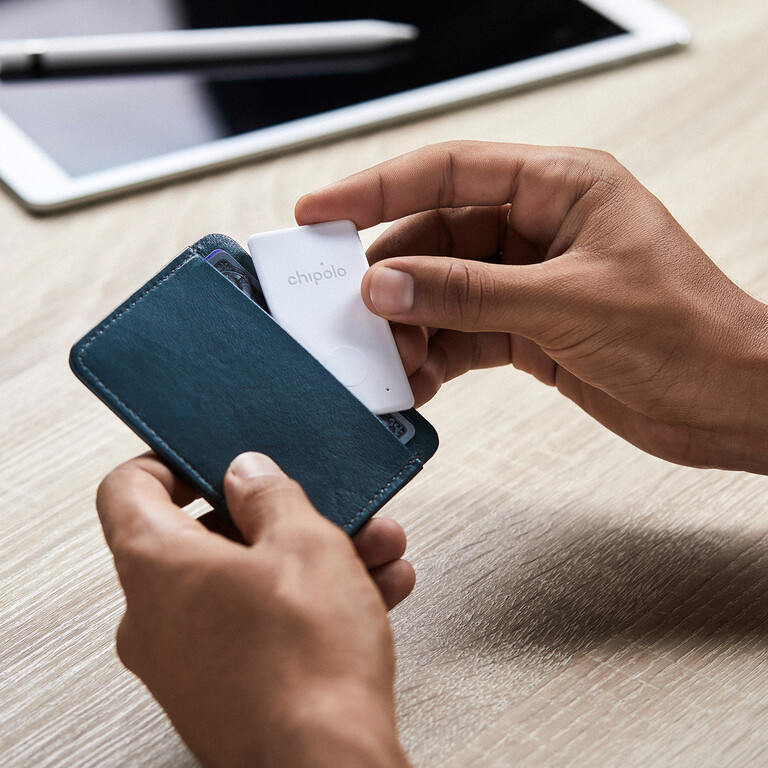Immediate Actions: The First Crucial Steps
Time is of the essence when dealing with a missing wallet. The sooner you start your search, the better. Begin by retracing your steps with laser-like focus. Think back to the last few places you remember having your wallet. Don’t just vaguely recall; mentally walk through your actions and the specific locations within those places.
Check Your Pockets (Again!): This might seem obvious, but often, in a moment of panic, we overlook the most straightforward possibilities. Thoroughly check all your pockets – front, back, inside jacket pockets, even those you rarely use.
Scan Your Bags and Backpacks: Empty out each compartment of your bags and backpacks. A wallet can easily slip into an unexpected crevice or side pocket.
Inspect Your Car: If you’ve been driving, meticulously search your car. Look under the seats, in the center console, the glove compartment, door pockets, and even between the seats. Sometimes, a sharp turn or sudden stop can dislodge your wallet.
Review Your Home: Systematically go through the rooms in your house. Check common areas like the sofa cushions, under furniture, on tables, countertops, and even in less likely spots like laundry baskets or near entryways where you might have placed it upon arriving home.
Expanding Your Search: Places You Might Have Left It
Once you’ve exhausted the immediate vicinity, broaden your search to the last few places you visited. Consider these possibilities:
The Last Store or Business: If you made a purchase recently, call the store immediately. Speak to the manager or the lost and found department. Be prepared to describe your wallet in detail.
Restaurants and Cafes: Did you pay for a meal recently? Contact the restaurant or cafe. They often have a designated area for lost items.
Public Transportation: If you used public transport, contact the lost property office of the bus, train, or subway system. Provide them with details about your journey (time, route) and a description of your wallet.
Gyms and Recreational Facilities: If you worked out or engaged in any recreational activities, check with the front desk or lost and found at these locations.
Friends’ or Family’s Homes: If you recently visited someone, give them a call. Your wallet might have slipped out unnoticed.
Proactive Strategies: Increasing Your Chances of Recovery
Beyond simply searching, there are proactive steps you can take to aid in the recovery of your wallet:
Retrace Your Steps Physically: If possible, physically revisit the places you were before you noticed your wallet was missing. Talk to staff and keep a keen eye out.
Post on Local Social Media Groups: Many communities have local Facebook groups or online forums. Post a description of your lost wallet (without revealing sensitive information like card numbers) and the general area where you might have lost it. You’d be surprised how often good Samaritans find and return lost items.
Check Online Lost and Found Platforms: There are websites and apps dedicated to connecting finders with owners of lost items. Register your lost wallet on these platforms.
What to Do If Your Wallet is Gone: The Necessary Precautions
If, despite your best efforts, you cannot locate your wallet, it’s crucial to take immediate steps to protect your finances and identity:
Cancel Your Credit and Debit Cards Immediately: Contact each of your card issuers to report your cards as lost or stolen. This will prevent unauthorized use. Keep a list of your card numbers and the corresponding phone numbers in a safe place (separate from your wallet) for such emergencies.
File a Police Report: Filing a police report creates an official record of the lost wallet. This can be helpful if your wallet is used fraudulently or if you need documentation for insurance purposes.
Review Your Bank and Credit Card Statements: Keep a close eye on your recent transactions for any suspicious activity. Report any unauthorized charges immediately.
Consider a Credit Freeze: A credit freeze restricts access to your credit report, making it harder for identity thieves to open new accounts in your name. Contact each of the major credit bureaus (Equifax, Experian, TransUnion) to initiate a freeze.
Replace Your Identification: Begin the process of replacing your driver’s license, national ID card, and any other important identification documents that were in your wallet.
Be Vigilant for Identity Theft: Be aware of potential phishing scams or other attempts to obtain your personal information following the loss of your wallet.
Prevention is Better Than Cure: Tips to Avoid Losing Your Wallet
While this guide focuses on finding a lost wallet, the best strategy is to prevent it from happening in the first place. Consider these preventative measures:
Designated Place: Always keep your wallet in the same designated place, whether it’s a specific pocket or compartment in your bag. This creates a habit and makes it easier to notice if it’s missing.
Check Before Leaving: Before leaving any place, make a mental check to ensure you have your wallet, keys, and phone.
Use a Slim Wallet or Cardholder: A bulkier wallet is more likely to fall out of a pocket. Consider using a slimmer alternative.
Secure Your Wallet: Consider using a chain or lanyard to attach your wallet to your belt loop or bag, especially in crowded areas.
Be Mindful in Crowded Places: Be extra vigilant about your belongings in crowded areas where pickpocketing is more common.
Regularly Declutter Your Wallet: A thinner wallet is less likely to cause discomfort and potentially fall out. Remove unnecessary items regularly.
Important Reminder: Protect Your Information
Never share sensitive information like your full credit card numbers or social security number publicly when searching for your lost wallet. Provide a general description and ask anyone who finds it to contact you directly through a safe and private channel.





